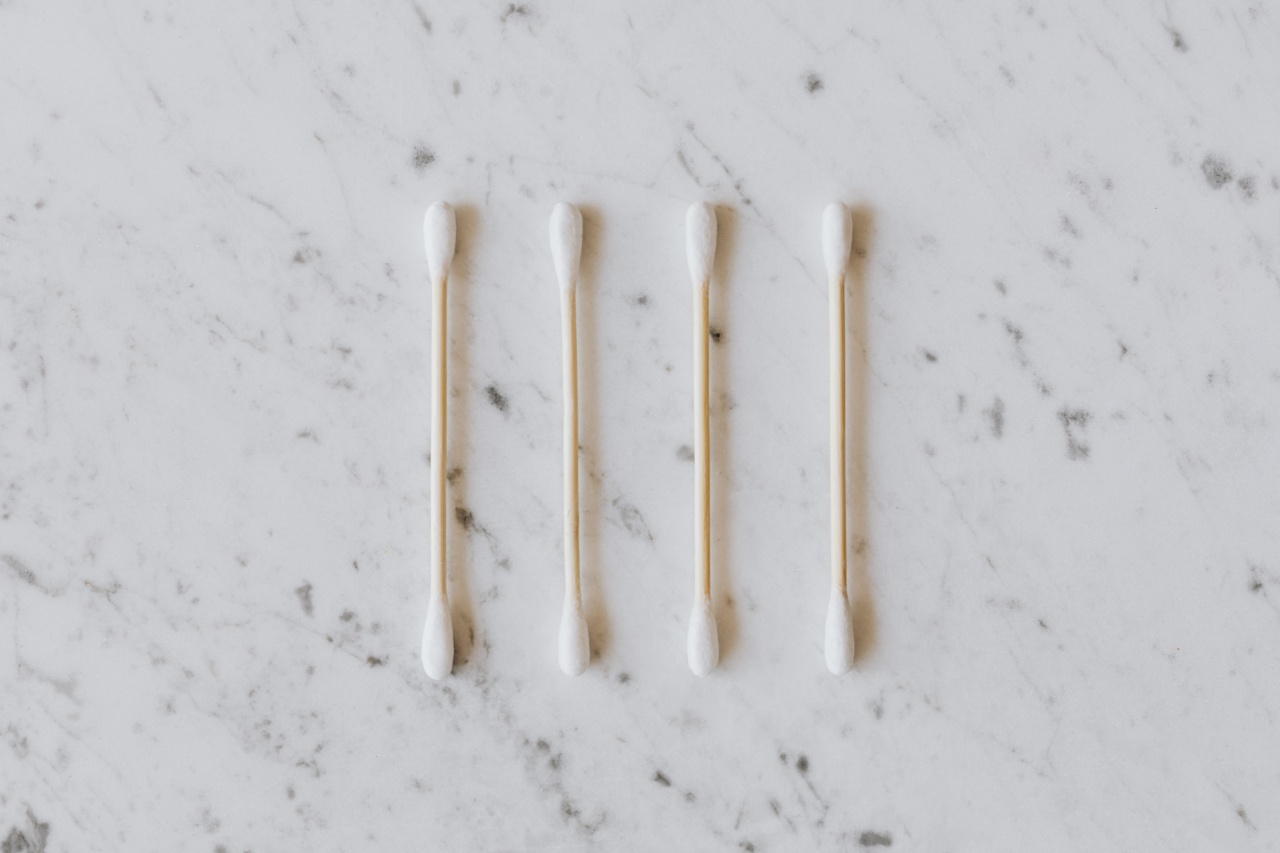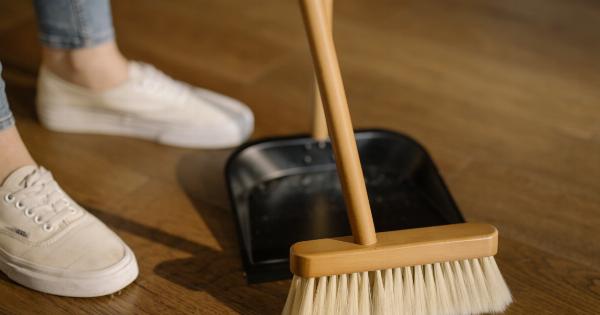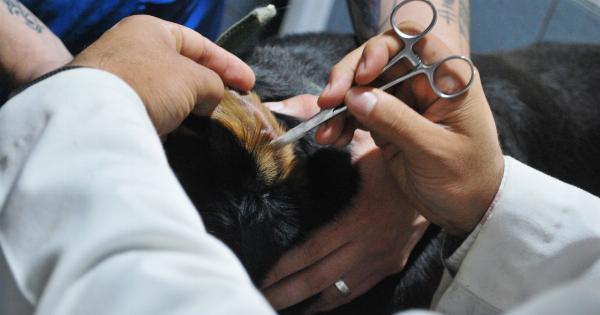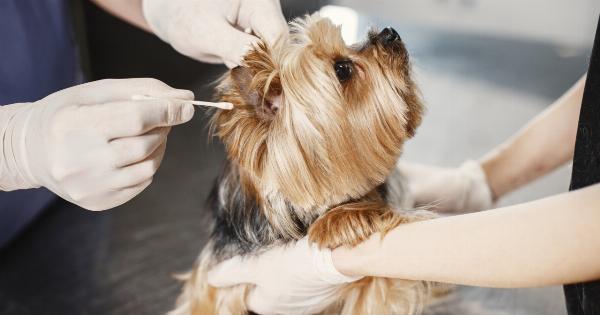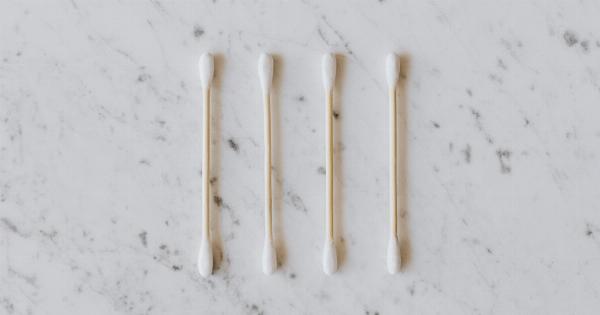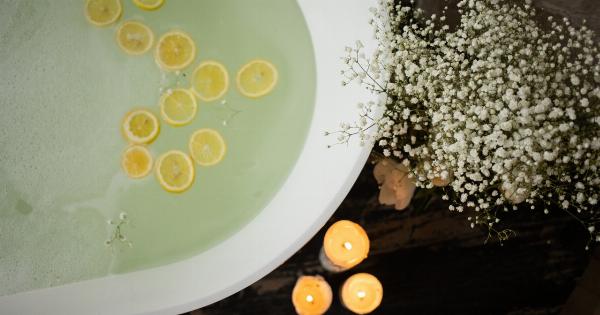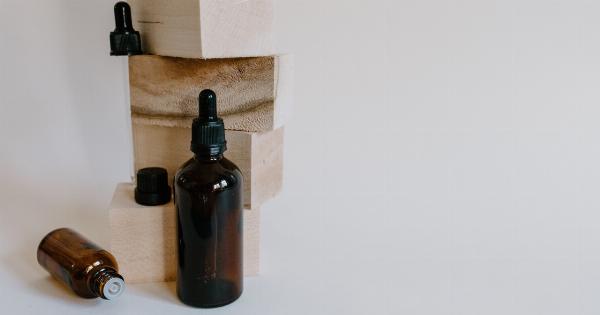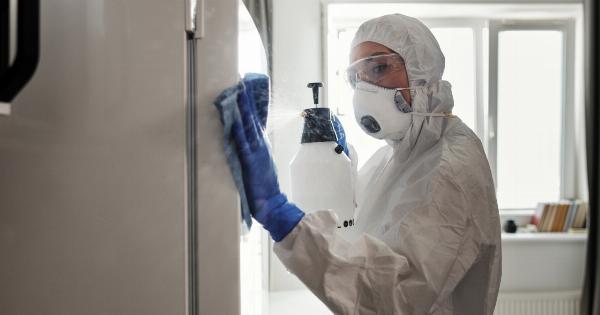Keeping our ears clean is an important part of maintaining personal hygiene. While many people resort to using cotton swabs, it’s important to note that these little tools may do more harm than good when it comes to cleaning our ears.
The delicate structures of the ear can easily be damaged by improper cleaning techniques, leading to earwax impaction or even injuries.
The Dangers of Cotton Swabs
Cotton swabs, commonly known as Q-tips, are designed for various purposes but should not be used for cleaning the ears.
The most common mistake people make with cotton swabs is pushing them too far into the ear canal, which can cause damage to the eardrum or push the accumulated earwax further back, leading to impaction.
When inserting a cotton swab into your ear, you run the risk of unintentionally pushing earwax deeper, which may result in hearing loss, tinnitus, dizziness, pain, or discomfort.
Additionally, using cotton swabs may cause minor cuts or abrasions in the ear canal, paving the way for infections.
To maintain ear hygiene without jeopardizing your hearing or causing harm, here are three effective and safe alternatives to cotton swabs:.
1. Warm Water Rinse
One of the simplest and safest ways to clean your ears is by rinsing them with warm water. You can do this by using a bulb syringe or a specially designed ear irrigation kit, which can be found at most drugstores.
Start by filling the bulb syringe or ear irrigation kit with lukewarm water. Tilt your head to the side, so the affected ear is facing upwards. Gently squeeze the bulb syringe or follow the instructions provided with the ear irrigation kit to direct a steady stream of warm water into your ear canal.
After a few seconds, tilt your head in the opposite direction to allow the water and dislodged earwax to drain out. Repeat the process with the other ear.
It’s important to note that cold or hot water should never be used, as it can cause dizziness or discomfort. Additionally, do not forcefully squeeze the water into your ears, as it can damage the eardrum.
If you experience any pain or discomfort during the process, stop immediately and consult a healthcare professional.
2. Olive Oil Drops
Olive oil has been used for centuries as a natural remedy for earwax buildup. It helps to soften and lubricate the earwax, making it easier to remove.
To use olive oil for ear cleaning, warm the oil to body temperature by placing a few drops of it in a small container and holding it under warm water for a few minutes. Lie down on your side with the affected ear facing upwards. Use a dropper to carefully place a few drops of warm olive oil into your ear canal. Stay in the same position for around 5-10 minutes to allow the oil to penetrate and soften the earwax.
Afterward, sit up and tilt your head to the side to let the oil and loosened earwax drain out. Repeat the process with the other ear.
It’s important to note that olive oil should not be used if you have a perforated eardrum, as it can cause infection.
If you experience any pain, dizziness, or excessive earwax buildup, it’s advisable to consult a healthcare professional for further guidance.
3. Hydrogen Peroxide Solution
Hydrogen peroxide, a common household antiseptic, can also be used for ear cleaning. It helps to soften and loosen earwax, allowing it to be easily removed. To create a hydrogen peroxide solution, mix equal parts of 3% hydrogen peroxide and water.
Lie down on your side with the affected ear facing upwards. Using a dropper, carefully place a few drops of the hydrogen peroxide solution into your ear canal. Allow the solution to sit for a couple of minutes, ensuring it makes contact with the earwax.
Afterward, tilt your head to the side to let the solution and loosened earwax drain out. Repeat the process with the other ear.
It’s important to note that hydrogen peroxide should be used with caution. Concentrated or undiluted hydrogen peroxide can cause damage to the delicate structures of the ear.
If you experience any discomfort or pain while using hydrogen peroxide, it’s recommended to discontinue use and seek advice from a healthcare professional.
Conclusion
Keeping your ears clean is essential, but it’s important to use safe and gentle methods to avoid potential harm.
By avoiding the use of cotton swabs and opting for alternatives like warm water rinses, olive oil drops, or hydrogen peroxide solutions, you can effectively remove earwax without risking damage to your ears. Remember to always follow the instructions carefully and consult a healthcare professional if you experience any discomfort or if you’re uncertain about any aspect of ear cleaning.
